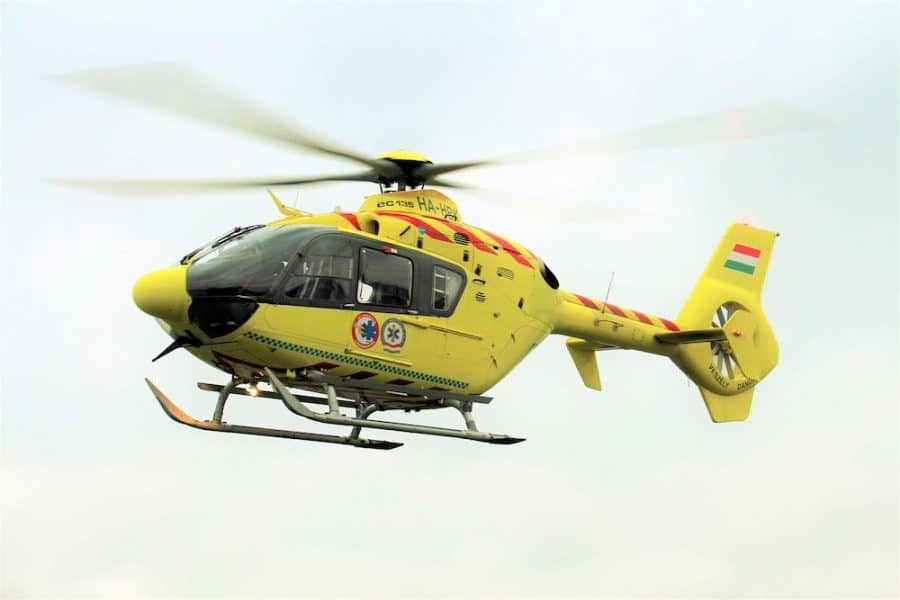
Air medical services is a global term that covers the use of aerial transportation, either via plane or helicopter, in order to facilitate the move of patients towards medical and health establishments and away from accident scenes. The personnel provides complete pre-hospital and urgent and intensive care for every type of patient during an air medical evacuation or rescue operations on board helicopter and propeller planes or jet planes.
The use of air transportation offering a sanitary evacuation began on the battlefield of the First World War. Its role, though, has evolved and grew spectacularly during the Korean and Vietnam wars. Later on, airplanes started to be used for civilians for medical, first aid services. Air ambulance helicopters can provide and offer specialized support and care at the scene of the accident and from there transfer the patients towards specialized hospitals, especially for cases of major traumas. Fixed wing aircrafts are also used for long-distance transportation.
Air ambulance helicopters: advantages and benefits
Air medical services can move more fast and operate within a coverage area bigger than that of a regular ambulance. This is particularly useful in rural and sparsely populated areas.
Air medical services offer another particular advantage when it comes to major and severe traumas, injuries and wounds. The well-established theory of the golden hour suggest that major traumas must be transported, as fast as possible, at a specialist or at a traumatology center. Consequently, medical intervention in a helicopter can offer an elevated level of care in places where traumas occurred as well as a more fast transportation towards a hospital or a medical center. They can equally offer intensive care services during the transportation of patients towards community hospitals and traumatology centers.
The efficient use of air ambulance helicopters for traumas depends on the capacity of the responders on the ground so as to determine whether transport through the air can guarantee the health and the successful ending of the operation. Protocols must be developed so as to ensure the proper application of criteria. The equipment and the security of patients are the more important factors to take into consideration whenever deciding to transport a patient through a helicopter. The meteorological and weather conditions, models of aerial circulation and distances (such as from the scene of the accident to the nearest center) must also be taken into consideration.
An air ambulance helicopter is a specifically equipped helicopter that transports people hurt or sick towards a unit of medical urgent care or over distances and territories where a conventional ambulance is not possible. Furthermore, helicopters and air ambulances are used for the repatriation of patients when the accident occurred at a foreign land. In certain circumstances, the same process can be used towards searching for missing people or retrieving people lost such as in the case of climbers in hazardous situations. Similarly to terrestrial ambulances, aerial ambulances are equipped with vital, medical material for the surveillance and the treatment of injured or sick patients.